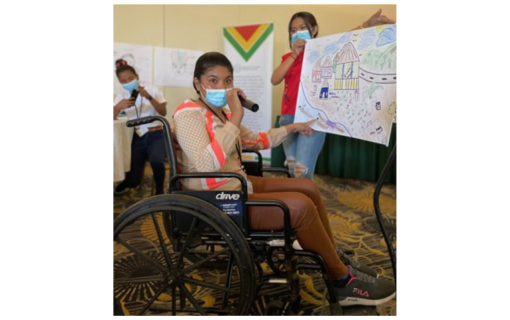Philippines: House of Representatives Modernization: A Technical Assessment
INTRODUCTION
At the request of the Philippine House of Representatives (HOR) through the United States Agency for International Development (USAID), the International Foundation for Election Systems (IFES) assembled a four member team to assess the technical needs of the HOR for its modernization project. The four members of the team included: James Smith, an IFES consultant, Sanjeev K. Sethi, Systems Administrator-IFES/W, Francisco Fabic, a local Information technology (IT) Consultant, and Bong Agudo-IFES/Manila. The project was facilitated by the IFES/Manila staff and its Project Director Gwenn Hofmann.
The overall objectives of the team were to analyze information technology needs of the Philippines House of Representatives, analyze the existing resources available to the House, and provide recommendations for updating the computerized capability such that the new system will be scalable in the future.
The Electronic Data Processing Division (EDP) of the House carried out an initial study in 1995 (Appendix A) on the proposed computerization plans and programs for the House. In the study, EDP found that the computer facilities for the House were not adequate to efficiently support the needs of its various offices. The study also pointed out that the majority of the computing hardware and software in use was outdated and needed replacement. Based on its findings, EDP recommended an implementation plan to update the computing resources, emphasizing three main objectives. These objectives were: Local Area Networking of the House; connecting the House to the Internet; and computerization of the Session Hall.
Based on the initial House study, IFES determined that the specific components of the computer assessment project for the Philippine HOR should include:
1. Validating the in-house IT capacity study completed in 1996;
2. Assessing the IT for administrative application and legislative process;
3. Determining IT priorities;
4. Determining the current IT future use, and making recommendations for hardware/software and systems which can be both phased-in over time and expanded;
5. Assessing and recommending solutions regarding installation of LAN/WAN or Intra/Internet;
6. Providing information on cost and cost benefits for various options;
7. Assessing human resource and training needs for implementation and maintenance;
8. Assessing and recommending methods to computerize the Session Hall; and
9. Preparing IT hardware and software specifications for competitive procurement and evaluation criteria, and assessing vendors training program.
Read the Full Report.









